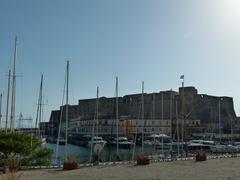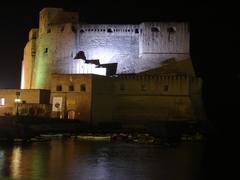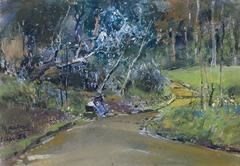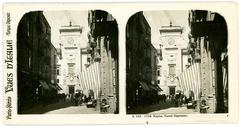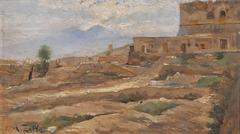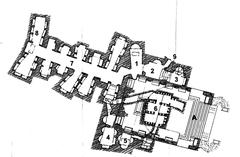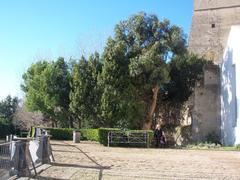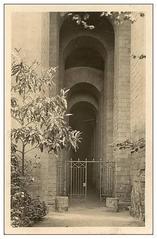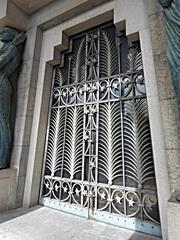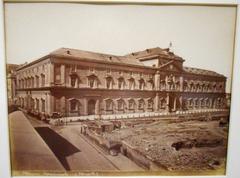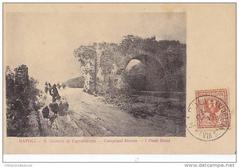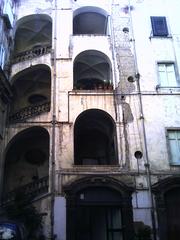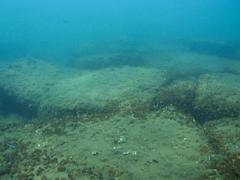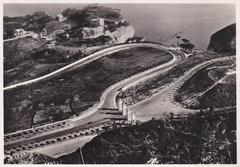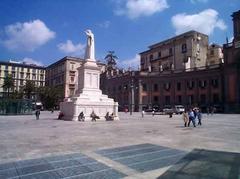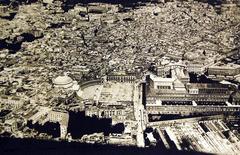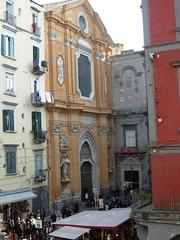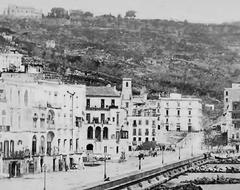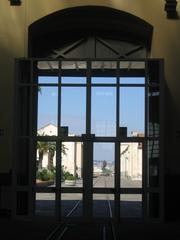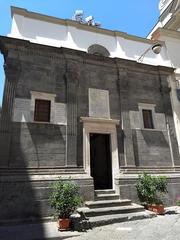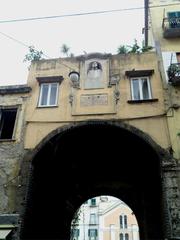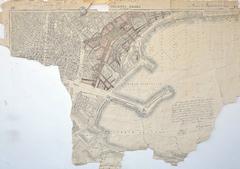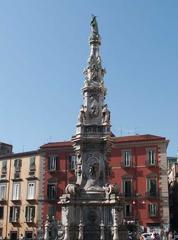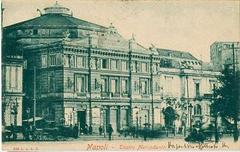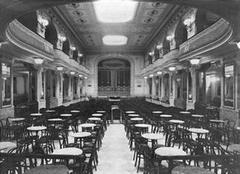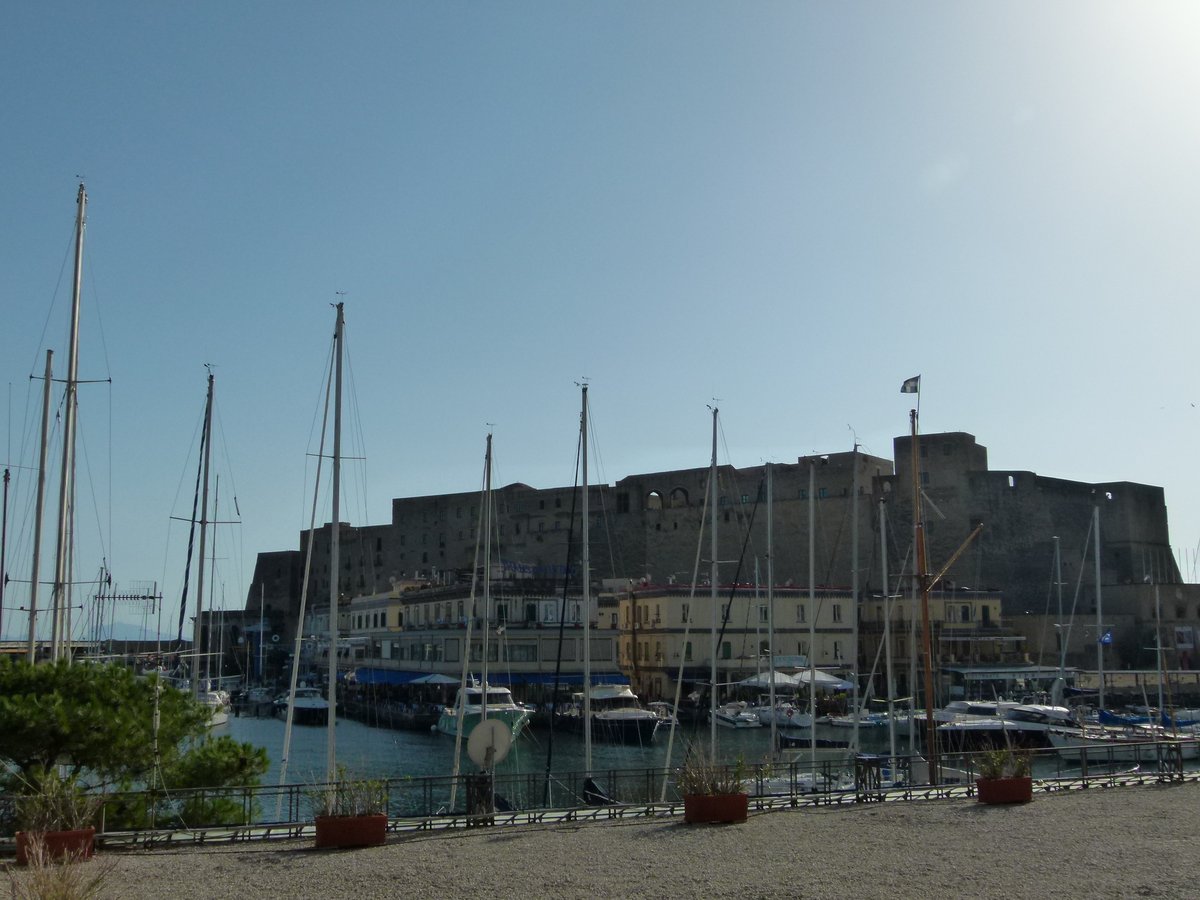
Castel dell’Ovo: Visiting Hours, Tickets, and Historical Sites in Naples
Date: 17/07/2024
Introduction
Castel dell’Ovo, or the “Egg Castle,” is one of Naples’ oldest and most iconic landmarks, with a history spanning centuries. Positioned strategically on the islet of Megaride, it has evolved from a luxurious Roman villa to a formidable medieval fortress, and now serves as a cultural venue and popular tourist attraction. The castle’s name is derived from a legend involving the Roman poet Virgil, who supposedly placed a magical egg in the foundations to ensure its stability and the city’s protection (Naples tourism website). This comprehensive guide covers the castle’s historical background, architectural features, practical visitor information, and more.
Table of Contents
- Introduction
- Historical Background
- Architectural Features
- Visitor Information
- Special Events and Tours
- Cultural Significance
- Conclusion
- FAQ
- Sources
Historical Background
Ancient Origins
Castel dell’Ovo’s history stretches back to ancient times. The site originally hosted a villa built by the Roman patrician Lucius Licinius Lucullus in the 1st century BC, known as the “Villa of Lucullus.” Its strategic location on the islet of Megaride provided natural defense and a stunning view of the Bay of Naples.
Early Medieval Period
Following the fall of the Roman Empire, the site underwent significant transformations. In the 5th century AD, it was repurposed as a fortress by the Gothic king Theodoric the Great, serving as a defensive stronghold against the Byzantine Empire during the Gothic War. By the 6th century, it had become a monastic retreat.
Norman Conquest
The Norman conquest of Southern Italy in the 11th century marked another pivotal chapter in the history of Castel dell’Ovo. The Normans, led by Roger II of Sicily, recognized the strategic importance of the fortress and undertook extensive renovations to bolster its defenses.
Angevin and Aragonese Rule
The 13th and 14th centuries saw Castel dell’Ovo under the control of the Angevin dynasty, who ruled Naples from 1266 to 1442. The Angevins further fortified the castle and transformed it into a royal residence. The legend of Virgil’s magical egg dates back to this period. In the 15th century, the Aragonese dynasty expanded the castle’s fortifications and added new residential quarters.
Spanish and Bourbon Periods
The Spanish Habsburgs inherited the Kingdom of Naples in the 16th century, and Castel dell’Ovo continued to serve as a key military installation. The Spanish rulers made further enhancements to the castle’s defenses. In the 18th century, the Bourbon dynasty undertook extensive renovations to modernize the castle’s facilities.
Modern Era
The 19th and 20th centuries brought significant changes as Naples underwent modernization. The castle’s military significance waned, and it was gradually repurposed for civilian use. Today, Castel dell’Ovo hosts exhibitions, concerts, and other events, offering visitors a glimpse into its rich history and architectural splendor.
Architectural Features
Castel dell’Ovo’s architecture reflects the various historical periods and influences that have shaped its development. The castle’s layout includes a series of interconnected courtyards, towers, and bastions. Notable features include the “Sala delle Colonne” (Hall of Columns) from the Roman period, and defensive structures like the “Torre Maestra” (Master Tower) and the “Bastione di San Vincenzo” (Bastion of Saint Vincent).
Visitor Information
Visiting Hours and Tickets
Castel dell’Ovo is open to the public daily from 9:00 AM to 7:00 PM. Admission is free, but certain exhibitions and events may require a ticket. Check the official Naples tourism website for the latest information on ticket prices and visiting hours.
Travel Tips
- Getting There: Castel dell’Ovo is located in the Santa Lucia district of Naples and is easily accessible by public transport, including buses and metro services. The nearest metro station is Municipio (Line 1).
- Nearby Attractions: Explore nearby attractions such as the Royal Palace of Naples, Piazza del Plebiscito, and the historic center of Naples, a UNESCO World Heritage Site.
- Accessibility: While efforts have been made to improve accessibility, some areas may still be difficult to navigate due to the historical nature of the site.
- Best Time to Visit: Early morning or late afternoon visits provide the best lighting conditions and fewer crowds.
Special Events and Tours
Castel dell’Ovo frequently hosts special events, including art exhibitions, concerts, and cultural festivals. Guided tours are available and recommended for those interested in deepening their understanding of the castle’s history and architecture. These tours often provide access to areas not typically open to the public.
Cultural Significance
Castel dell’Ovo holds a special place in the cultural and historical identity of Naples. The legend of Virgil’s egg adds a layer of myth and folklore to the castle’s story. The exhibitions and events hosted at Castel dell’Ovo provide a platform for showcasing Naples’ artistic and cultural heritage.
Conclusion
From its ancient Roman origins to its modern role as a cultural venue, Castel dell’Ovo is a testament to Naples’ rich and multifaceted history. Whether you’re a history enthusiast, an architecture aficionado, or simply a curious traveler, a visit to Castel dell’Ovo offers a unique glimpse into the past and present of this vibrant city. For the latest information, check the official Naples tourism website.
FAQ
Q: What are the visiting hours for Castel dell’Ovo? A: Castel dell’Ovo is open daily from 9:00 AM to 7:00 PM.
Q: Is there an admission fee to visit Castel dell’Ovo? A: Admission to the castle is free, but certain exhibitions and events may require a ticket.
Q: How can I get to Castel dell’Ovo? A: The castle is located in the Santa Lucia district of Naples and is easily accessible by public transport. The nearest metro station is Municipio (Line 1).
Q: Are guided tours available at Castel dell’Ovo? A: Yes, guided tours are available and highly recommended for a deeper understanding of the castle’s history and architecture.
Q: Is Castel dell’Ovo accessible for visitors with mobility challenges? A: While efforts have been made to improve accessibility, some areas may still be difficult to navigate due to the historical nature of the site.
